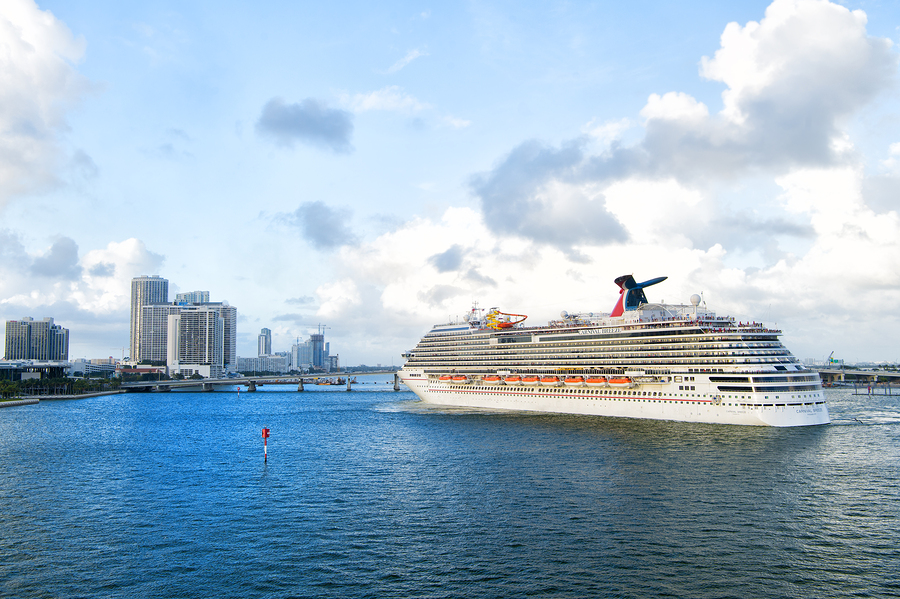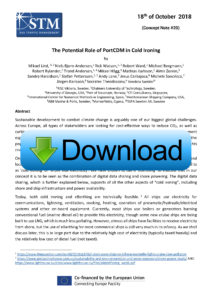The IMO recently started promoting the concept of just in time arrival. The concept is not new, having been coined during the last big fuel price hike a few years ago.
But with the push from the IMO backed GloMEEP project the concept of scheduling the time of arrival of a ship at a harbour entrance at exactly the time as it can go to the berth, has a chance to become a common practice.
It’s sometimes called right steaming instead of slow steaming, but it allows a ship’s engines to be run at a more optimal speed to reduce fuel consumption and to save greenhouse gas emissions,
You can see the IMO’s video here:
The problem is how to co ordinate and make the concept of just in time arrival work. It will mean charter parties have to include a clause to permit it (the more familiar clauses in a charter party will refer to a given speed or the desire for the vessel to arrive as quickly as safely possible).
Such clauses do exist. Bimco introduced a slow steaming clause for time charter parties in 2011). But for the idea of just-in-time or right steaming to work effectively it will mean the terminals need to communicate availability more readily to allow vessels to understand earlier in the voyage what speed would be needed to complete the voyage at the right time.
This is what projects like the Port CDM project, part of the Seat Traffic Management Validation project, has been pushing to achieve.
The Port CDM concept consists of a common message format that allows all actors in the ocean transport chain to have relevant information to make port calls more efficient.
In a series of Concept Notes published here on Fathom.World a series of experts have been developing and outlining how the Port CDM concept can be commercialised for the industry.
IN the laets note, the 20th in the series, the authors bring into the picture the ability to better utilise shore based power, or cold ironing as it is sometimes known, to allow a vessel in port to switch off its main engines and rune off shore sourced electricity.
Fathom.World was recently in the South Norwegian Port of Kristiansand to see how it has become a keen developer of shore-based power, having recently installed and launched its fourth system for the growing cruise ship market.
In the 20th PortCDM/STM Concept Note the authors point to the significant savings that ports can make with better information flows relating to arrival times, and the fuel savings a ship operator can realise if they employ a growing array of operational strategies (such as right steaming/just in time arrival, better communication through a system such as a commercialised Port CDM concept, and cold ironing).
You can read the latest Port CDM/STM Concept Note here
































